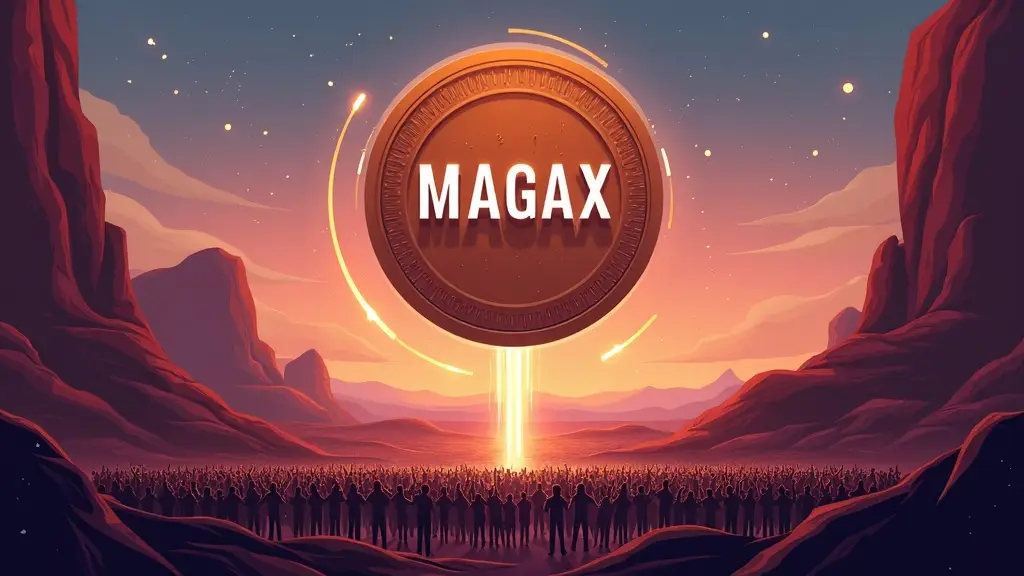China’s Push for AI Sovereignty
China’s leading AI companies have formed two new strategic alliances, announced at the World Artificial Intelligence Conference in Shanghai. These coalitions aim to accelerate AI development based on domestic standards and deepen AI integration into industrial applications. This effort underscores China’s imperative to reduce reliance on American technologies and establish a self-sufficient AI ecosystem rapidly, marking a pivotal moment in the global tech landscape.
The Model-Chip Ecosystem Innovation Alliance: Unifying the Tech Stack
The Model-Chip Ecosystem Innovation Alliance unites prominent AI hardware manufacturers (Biren Technologies, Huawei, Enflame, Moore Threads) with leading large language model (LLM) developers (StepFun). Its goal is to forge an ecosystem linking the entire technology stack, from hardware to AI models and infrastructure.
A primary focus is to streamline and localize AI hardware and software development, crucial given limitations in foreign high-performance hardware like Nvidia GPUs. This unified approach aims to create a cohesive domestic supply chain, preventing bottlenecks from external dependencies.
Fostering Interoperability with Standardized APIs
The alliance’s success hinges on standardization and interoperability. Despite diverse architectures among Chinese AI hardware companies, they can agree on standardized Application Programming Interfaces (APIs) and model formats. This strategic alignment allows LLMs to operate across various hardware backends with minimal friction. Unifying mid-level software stacks ensures model portability and compatibility across all local platforms. Developers can write models once and deploy them on any Chinese-made accelerator without major modifications, improving efficiency and fostering an integrated domestic AI environment.
The Shanghai General Chamber of Commerce AI Committee: Industrial Integration
The Shanghai General Chamber of Commerce AI Committee focuses on integrating AI more deeply into industrial applications. This alliance brings together diverse hardware and software companies, including Iluvatar CoreX, MetaX, MiniMax, and SenseTime. It acts as a bridge between AI developers and industrial players, ensuring advanced AI models power China’s industrial transformation. By facilitating this integration, the alliance aims to enhance efficiency, productivity, and innovation across traditional industries, driving economic growth and technological advancement.
Strategic Implications for Global AI Competition
These two powerful AI alliances have profound strategic implications for global AI competition. By creating a self-sufficient AI ecosystem, China aims to reduce vulnerability to foreign tech restrictions and establish itself as a dominant AI innovator.
The push for domestic standardization could lead to alternative global standards, potentially challenging Western-centric frameworks and fostering a bifurcated global AI landscape. Integrating AI deeply into its industrial base also aims to provide a significant economic and strategic advantage, transforming traditional industries and signaling a long-term vision of technological leadership.
Charting a Self-Sufficient AI Future
In summary, the formation of the Model-Chip Ecosystem Innovation Alliance and the Shanghai General Chamber of Commerce AI Committee represents China’s bold move to cultivate a self-sufficient and highly competitive AI ecosystem. These alliances aim to mitigate reliance on foreign technologies, streamline domestic AI development, and accelerate adoption across industries.
By unifying the tech stack, fostering interoperability, and integrating AI into industrial applications, China charts a clear course toward technological independence. This concerted effort has significant implications for the global AI landscape, potentially reshaping the future of AI and solidifying China’s position as a formidable leader. The coming years will reveal the full impact of these alliances.
Read more: Nvidia Resumes AI Chip Sales to China Amid Easing Trade Tensions

















